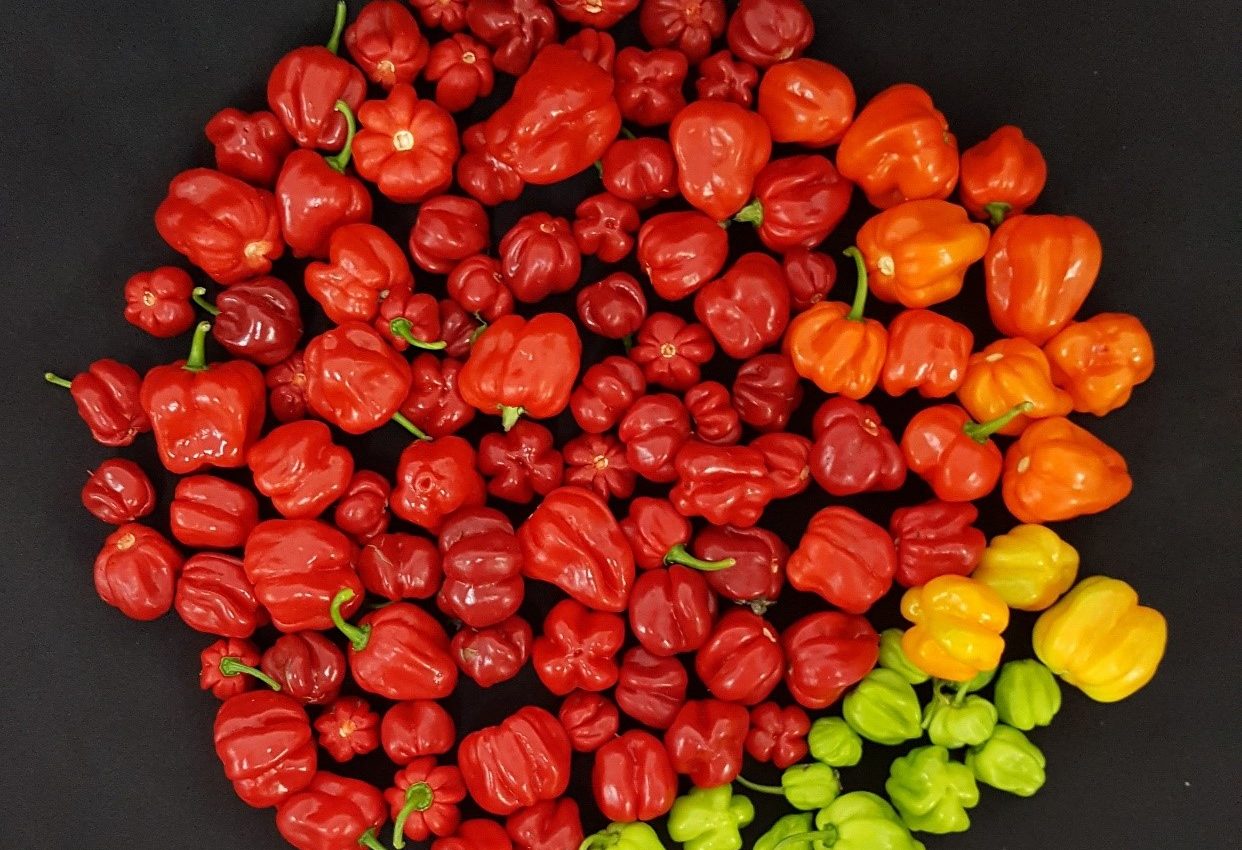
Scientists may soon create a tomato as spicy as a chili pepper
Researchers will use gene-editing techniques to engineer tomatoes that are spicy like the chili pepper. The objective is not for culinary purposes, but to mass produce the molecules that make peppers spicy, known as capsaicinoids. These molecules have nutritional and antibiotic properties, and are used for producing painkillers and pepper spray.
When the chili pepper and the tomato split off from a common ancestor 19 million years ago, they became very different even though they still share some of the same DNA. Tomato plants became nutrient-rich and abundant, while chili plants developed capsaicinoids as a defense against predators.
“Engineering the capsaicinoid genetic pathway to the tomato would make it easier and cheaper to produce this compound, which has very interesting applications,” said study senior author Agustin Zsögön, a plant biologist at the Federal University of Viçosa. “We have the tools powerful enough to engineer the genome of any species; the challenge is to know which gene to engineer and where.”
The spicy taste from capsaicinoids is actually not a flavor, but a reaction to pain. The molecules activate nerve cells in the tongue that respond to heat-induced pain, which the brain interprets as a burning sensation.
The evolution of capsaicinoids was likely to deter small animals from eating the fruit of the chili pepper. Birds, on the other hand, will still disperse the seeds because they show no pain response to the molecules.
The heat level of a pepper is determined by the genes that regulate capsaicinoid production, and peppers that are less spicy have mutations that inhibit this process. Previous research has shown that tomatoes have the genes that are needed for capsaicinoids but lack a way to express those genes.
“In theory you could use these genes to produce capsaicinoids in the tomato,” said Zsögön. “Since we don’t have solid data about the expression patterns of the capsaicinoid pathway in the tomato fruit, we have to try alternative approaches. One is to activate candidate genes one at a time and see what happens, which compounds are produced. We are trying this and a few other things.”
The study is published in the journal Trends in Plant Science.
—
By Chrissy Sexton, Earth.com Staff Writer
Image Credit: Emmanuel Rezende Naves













